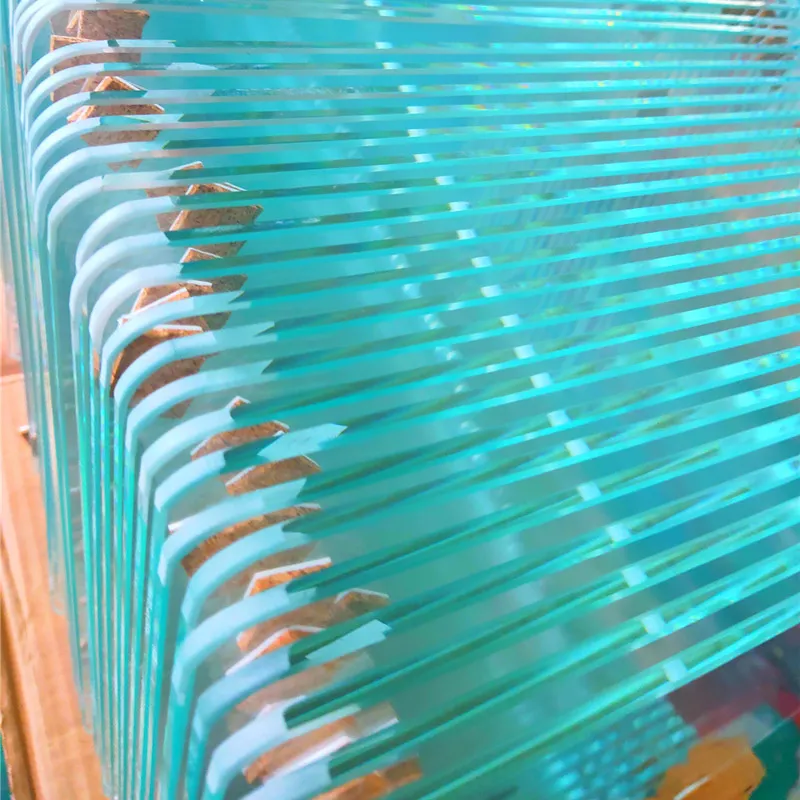Nov . 10, 2024 19:32 Back to list
Understanding the Characteristics and Applications of Float Glass Panels
The Rise of Float Glass Panels in Modern Architecture
Float glass panels have revolutionized the architectural landscape, offering a blend of aesthetic appeal, thermal efficiency, and structural strength. Developed in the mid-20th century, this type of glass has become a staple in modern building designs, characterized by its smooth surface and clarity. This article explores the properties, advantages, and applications of float glass panels in contemporary construction.
Float glass is produced through a process where molten glass is floated on top of molten tin. This method results in a uniform thickness and an exceptionally flat surface, which is essential for various architectural applications. The clarity of float glass allows for maximum light transmission while minimizing distortions, making it an ideal choice for windows, facades, and interior partitions.
One of the standout properties of float glass panels is their durability. When treated during the manufacturing process, these panels can withstand significant pressure and resist temperature fluctuations. This resilience is particularly beneficial in regions with extreme weather conditions, where the glass needs to maintain integrity despite thermal expansion and contraction. Additionally, float glass can be tempered or laminated to enhance its strength, offering an extra layer of safety for buildings.
The thermal efficiency of float glass panels also merits attention. With advancements in glazing technologies, these panels can be coated with low-emissivity (low-e) coatings. These coatings minimize the amount of infrared and ultraviolet light that can enter a building without compromising the amount of visible light. By reducing heat gain in the summer and heat loss in the winter, float glass panels contribute to more energy-efficient buildings, which is a critical consideration in today’s eco-conscious society. This energy efficiency not only reduces utility costs but also decreases the overall carbon footprint of buildings.
float glass panel

Another significant aspect of float glass panels is their versatility in design
. They can be customized in various shapes, sizes, and tints, allowing architects to incorporate them fluidly into their designs. Whether used in large glass facades of commercial buildings, as skylights, or as partitions in residential spaces, float glass panels offer endless possibilities in terms of aesthetic expression. The ability to integrate these panels seamlessly into various architectural styles—from sleek modernism to classic designs—has made them a preferred choice among architects and builders.Moreover, float glass panels are increasingly being utilized in innovative ways. For instance, they are now being incorporated into smart building technologies. With the advent of smart glass technologies, float glass panels can be treated to respond to environmental changes, such as adjusting opacity in response to sunlight. This ability not only enhances occupant comfort but also further improves energy efficiency, as it reduces reliance on artificial lighting and climate control systems.
The application of float glass panels is not limited to residential or commercial buildings alone. They are also gaining traction in the automotive and aerospace industries. The lightweight nature and high strength of float glass make it suitable for use in vehicles, enhancing fuel efficiency while ensuring safety. In the aerospace sector, float glass is utilized in cockpit and cabin designs, where both clarity and weight are paramount.
As the architectural world moves towards sustainability and energy efficiency, the future of float glass panels remains bright. Innovations in production techniques and coatings are expected to make these panels even more efficient and eco-friendly. Moreover, with the growing trend of biophilic design—where natural elements are integrated into architecture—float glass panels will continue to play a crucial role in creating spaces that connect occupants with the outdoors.
In conclusion, float glass panels represent a remarkable advancement in building materials. Their combination of aesthetic qualities, durability, and energy efficiency positions them as a cornerstone of modern architecture. As technology evolves, the applications for float glass are set to expand further, affirming their importance in creating innovative, sustainable, and visually stunning environments. Whether it’s enhancing the façade of a skyscraper or providing natural light to a cozy home, float glass panels offer limitless possibilities for the future of architectural design.
-
Safety and Style with Premium Laminated Glass Solutions
NewsJun.24,2025
-
Reinvents Security with Premium Wired Glass
NewsJun.24,2025
-
Premium Float Glass Line for Modern Architecture
NewsJun.24,2025
-
Low Emissivity Glass for Energy-Efficient Architecture
NewsJun.24,2025
-
High-Performance Insulated Glass Solutions for Modern Architecture
NewsJun.24,2025
-
Elevates Interior Style with Premium Silver Mirror
NewsJun.24,2025
Related PRODUCTS














